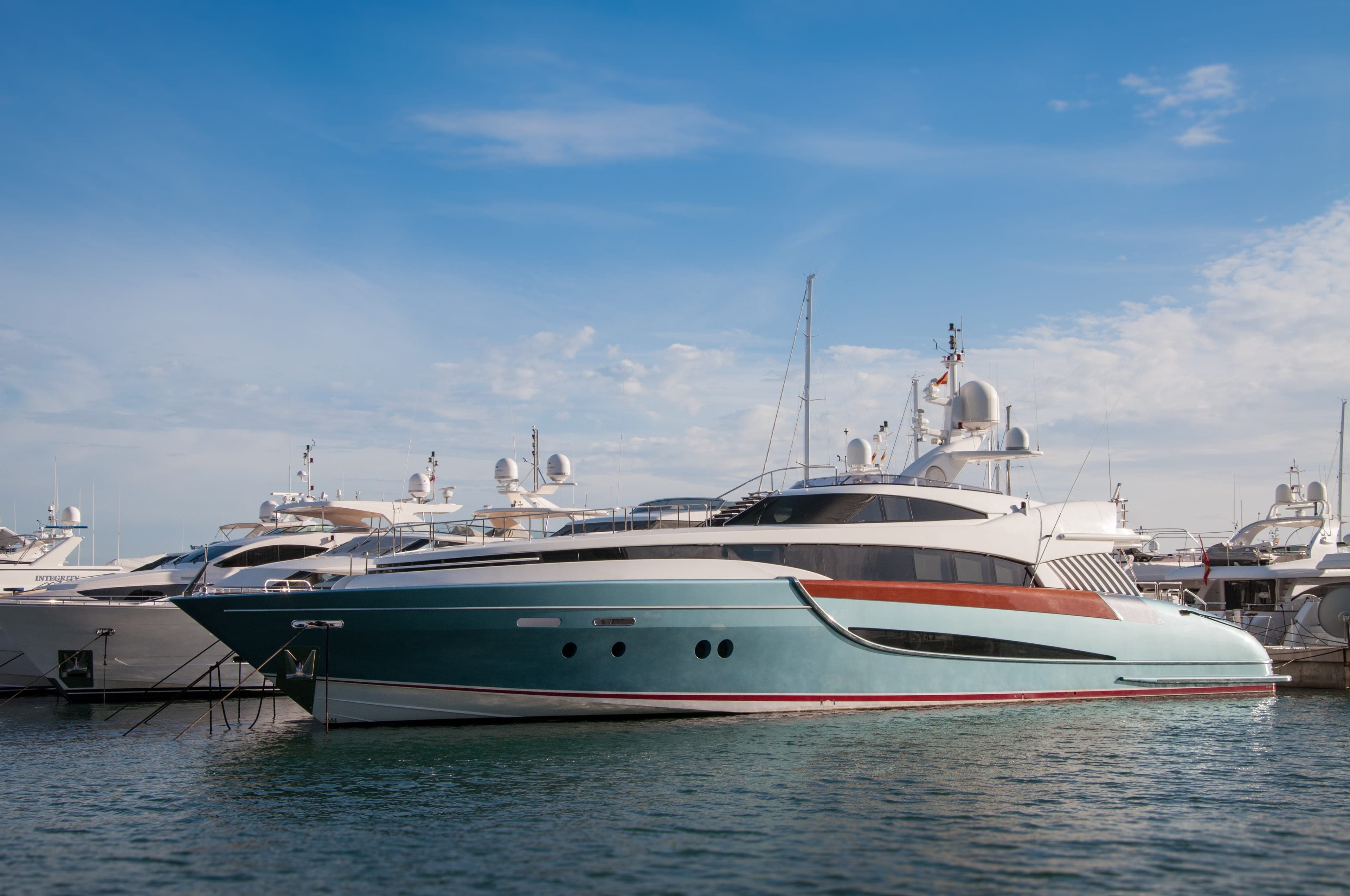Improve the sound insulation of your yacht or boat
EASY Noise Control advises on and supplies acoustic solutions for sound insulation and absorption in boats and yachts.
By improving the sound insulation and absorption in your boat or yacht, you increase the comfort and sailing pleasure. Below we discuss insulating the engine compartment, the engine box and the control box.
Do you have a specific question about a noise problem in your boat or yacht? Our consultants are happy to think along to find a suitable solution for you.
Acoustic problems on board
From the engine compartment to the control box
Noise pollution in your boat or yacht can disrupt your boating pleasure. Various noise problems can be the cause of this. To counteract this, there are special solutions, including aimed at:
Insulating the engine compartment
To confine noises from the engine compartment/machinery room to the room, it is important that all walls and hatches are properly insulated. Preventing sound leaks through cracks and openings, for example, prevents sound transmission. If all walls, hatches, etc. are in order, it is important to provide the hard-finished engine compartment with absorbent foam. In a hard-finished engine compartment, sound can easily reflect. This creates a higher noise level in the room. By applying the sound-absorbing foam, these reflections are prevented. It is important to provide as many large surfaces with absorbent foams as possible. The ceiling and walls are ideal for this. The more absorption material is placed around the engine, the better the result. The absorption material that we recommend is EASYfoam PU or FireSeal HR. These foams have a moisture and oil resistant top layer. When it has to be sturdy, FireSeal HR is chosen. In addition, this top layer is also white, which makes for a brighter engine compartment.
Read moreInsulating the engine box
Engine boxes are often made of light materials such as plastic or wood. These casings, therefore, emit sound to the environment more easily. In the first place, it is important to prevent sound leakage as much as possible. Sealing the hatch with rubbers prevents sound leakage through these gaps. Any ventilation openings can be made quieter by adding a labyrinth with absorbing foam to these openings. The entire insulation of the casing can be improved by fitting an air sound insulation plate to the walls and the hatch/roof. We recommend EASYmass sound barrier mats for this. A higher insulation value ensures that more noise is blocked. If the sound insulation of the walls and roof is sufficient, we recommend installing sound-absorbing materials in the engine box. This prevents reflections in the box. The absorption material that we recommend is EASYfoam PU or FireSeal HR. These foams have a moisture and oil resistant top layer. When it has to be sturdy, FireSeal HR is chosen. In addition, this top layer is also white, which makes for a brighter engine compartment.
Read moreInsulating the control box
The control box is a hollow space made up of hard, sound-reflecting surfaces. Sounds, caused by moving parts, for instance, are amplified and cause noise pollution. By providing the control box with sound-absorbing materials, these reflections are reduced. For this application, we recommend EASYfoam PU and EASYfoam FireSeal HR.
Read more